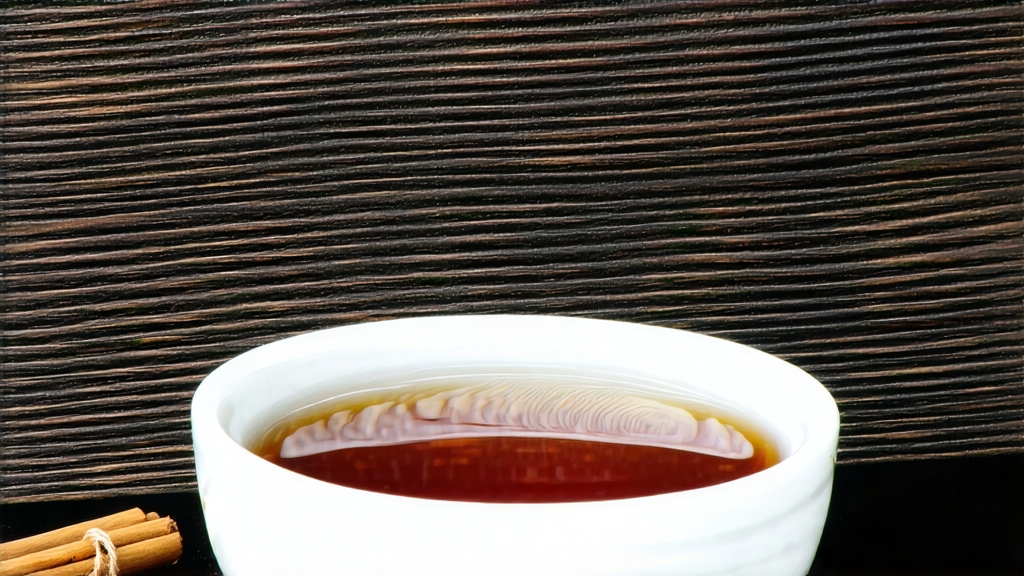
When European tea clippers first rounded the Cape of Good Hope in the late seventeenth century, the fragrant cargo they raced home was not the familiar green leaf of Cathay, but a dark, twisted variety that steeped into a copper-red liquor and carried the unmistakable scent of a campfire in a pine forest. That tea was Lapsang Souchong, today celebrated as the earliest black tea ever created and the prototype that gave the West the very word “black tea.” Grown in the precipitous Wuyi Mountains of northern Fujian, Lapsang Souchong is both a living relic of Ming-dynasty innovation and a contemporary muse for perfumers, mixologists and tea aesthetes around the globe. To understand its enduring magnetism one must travel from mist-shrouded cliffs to resin-scented workshops, then finally to the quiet focus of the tasting table where smoke, fruit and mountain minerality converge in a single cup.
History: From Ming Soldiers to London Drawing Rooms
Local legend recounts that in 1646 a Qing army passed through Tongmu village, delaying the usual final firing of freshly picked tea. To save the harvest, resourceful farmers dried the leaves over pinewood fires in a nearby shed. The accidental smoke infusion proved wildly popular with the Dutch and British traders who received it at the port of Xiamen, then called Amoy. By the early eighteenth century the tea had become the flagship of the powerful East India Company, commanding prices higher than silver in London auctions. Its name derives from the Fuzhou dialect “La” (pine) and “sang” (wood), coupled with “souchong,” a grade term meaning “small sort,” a reference to the fourth or fifth leaf plucked later in the flush. Thus Lapsang Souchong literally translates as “pine-wood small-leaf,” an etymology that still accurately describes its production.
Terroir: The Micro-climate of Tongmu
Tongmu Guan, a protected enclave inside the Wuyi UNESCO World Heritage reserve, sits at 27° north latitude where subtropical humidity collides with cool mountain air. Day-night temperature differentials of 15 °C slow leaf growth, concentrating amino acids and volatile aromatics. The granite soil, rich in potassium and magnesium, forces the tea bushes—predominantly the small-leaf cultivar Camellia sinensis var. sinensis ‘Xiaozhong’—to send roots deep into mineral seams. Frequent fog filters sunlight, increasing chlorophyll and catechin levels that later translate into malt sweetness and a lingering cool finish the Chinese call “rock rhyme,” a descriptor borrowed from the region’s famous oolongs.
Plucking Standards: Only the Seasoned Leaves
Unlike many prestigious Chinese teas that prize tender buds, authentic Lapsang Souchong relies on the more mature leaves found two to four nodes down the stem. These older leaves contain fewer polyphenols but higher concentrations of carotenoids and lipids, precursors to honeyed and fruity notes that balance the smoke. Picking occurs from late May to mid-June, after the famous Darjeeling first flush but before the monsoon deluge. Experienced pickers look for the “three reds and one green,” a local visual cue where the leaf base shows a bronze tint while the tip retains verdancy, indicating optimal withering potential.
Crafting the Smoke: An Eight-step Choreography
- Withering: Leaves are spread 3 cm deep on bamboo screens in the upper loft of the workshop where mountain breezes reduce moisture from 78 % to 60 % over 8–10 hours.
- Rolling: Once limp, the leaves are hand-rolled for 20 minutes to rupture cell walls and initiate oxidation. The small-leaf cultivar tolerates vigorous manipulation without excessive breakage.
- Oxidation: In a pine-wood trough lined with wet cloth, the leaf pile reaches 28 °C for 3.5 hours, turning from green to mahogany. Enzymatic conversion of catechins into theaflavins and thearubigins builds the base body that will later support smoke.
- Pan-firing: A quick 90-second 220 °C roast halts oxidation and fixes color. This step, borrowed from green-tea technique, is unique to Lapsang and prevents over-fermentation.
- Smoke-drying (primary): The pivotal moment.